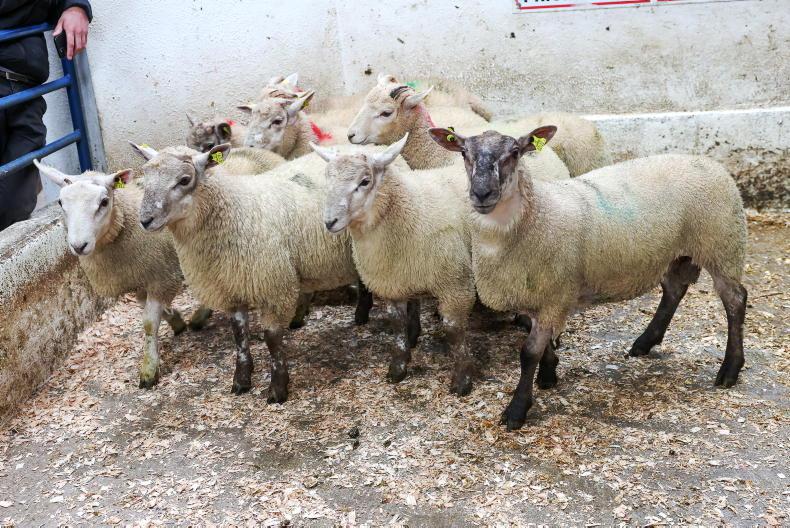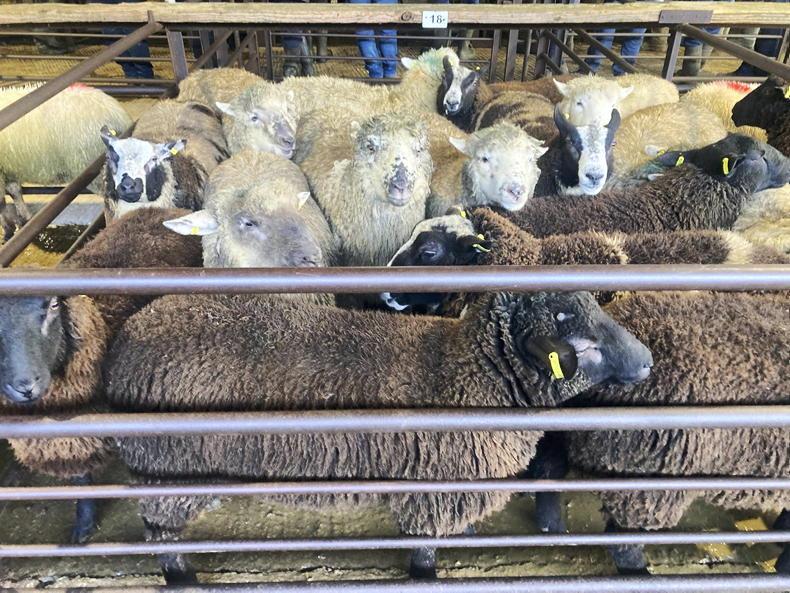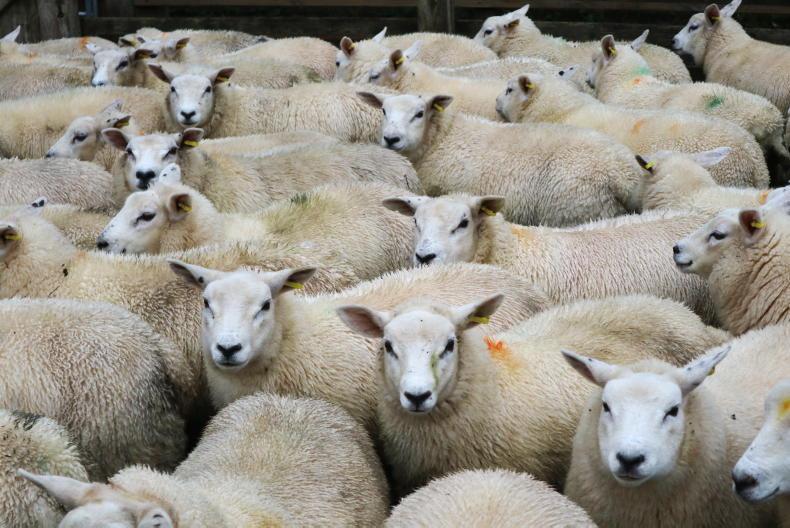UK sheep meat trade in the first quarter of 2023 is the opposite of 2022, with a 33% or one-third drop in imports, while exports increased by 22%.
In the first three months, the UK imported 10,700t, which is 5,350t less than for the same period last year, while exports have increased from 3,800t to 21,200t, according to AHDB data.
Imports for the first quarter are running 6,300t below the five-year average for this time of year.
Despite falling by 2,500t compared to the first quarter of last year and being 5,500t below the five-year average, New Zealand remains the top supplier of UK sheep meat imports at 6,100t.
UK Exports
Exports have not only surged on Quarter 1 last year, they were also running 2,700t or 14% above the five-year average.
Most of the exports were in carcase form, accounting for 17,300t or 82% of the total exports in the first quarter.
France continues to be the main destination for UK sheep meat exports, taking 3,300t of lamb carcases in Quarter 1, the highest level in the past five years.
Germany is the second most important market, taking 3,900t in the first quarter.
Reason for turnaround
The explanation the Agriculture and Horticulture Development Board (AHDB) offer for the huge drop in imports is that New Zealand are the main supplier and their export business with China has recovered substantially in recent months.
China Customs data shows that for the first quarter, sheep meat imports from New Zealand were 5,300t higher than the first quarter of 2022 at 63,098t, though this is well below the 73,410t China imported from New Zealand in 2021.
Therefore, while the China factor may have had some impact, it is not the full story.
Big increase in first quarter exports
The answer to the drop in imports could also be found in the explanation AHDB offer for the big increase in exports in the first quarter.
They point out that the most recent Kantar retail data shows that consumer demand for sheep meat fell in the first quarter by 12% compared with last year.
AHDB believes that this helps explain the growth in sheep meat exports, but it may also be part of the explanation for the drop in imports as well.
The EU sheep meat market is finely balanced at present, and a sustained increase in UK sheep meat exports could lead to oversupply later in the year when the peak number of Irish lambs come into the market.
Southern hemisphere lamb is on the opposite cycle to us, so will be going out of season just as ours peaks. Ordinarily, we therefore might expect a further drop-off in supplies from New Zealand to both the UK and EU.
However, there will be one significant difference this year: Australia has the potential to enter the UK market tariff-free from the end of this month as well as New Zealand. That is another potential source of supply at competitive prices.
Australia are also at an advanced stage of negotiation with the EU, but it is unlikely that any deal will be ratified and come into effect before the end of this year.
But the reality is that the UK and EU sheep meat market is about to become more competitive in future years - risking the delicate supply-and-demand balance that has sustained reasonable farm gate lamb prices in Ireland for the past two years.
Read more
Sheep mart prices: lamb numbers slow to rise
Extensive handling exhibit at Sheep 2023
UK sheep meat trade in the first quarter of 2023 is the opposite of 2022, with a 33% or one-third drop in imports, while exports increased by 22%.
In the first three months, the UK imported 10,700t, which is 5,350t less than for the same period last year, while exports have increased from 3,800t to 21,200t, according to AHDB data.
Imports for the first quarter are running 6,300t below the five-year average for this time of year.
Despite falling by 2,500t compared to the first quarter of last year and being 5,500t below the five-year average, New Zealand remains the top supplier of UK sheep meat imports at 6,100t.
UK Exports
Exports have not only surged on Quarter 1 last year, they were also running 2,700t or 14% above the five-year average.
Most of the exports were in carcase form, accounting for 17,300t or 82% of the total exports in the first quarter.
France continues to be the main destination for UK sheep meat exports, taking 3,300t of lamb carcases in Quarter 1, the highest level in the past five years.
Germany is the second most important market, taking 3,900t in the first quarter.
Reason for turnaround
The explanation the Agriculture and Horticulture Development Board (AHDB) offer for the huge drop in imports is that New Zealand are the main supplier and their export business with China has recovered substantially in recent months.
China Customs data shows that for the first quarter, sheep meat imports from New Zealand were 5,300t higher than the first quarter of 2022 at 63,098t, though this is well below the 73,410t China imported from New Zealand in 2021.
Therefore, while the China factor may have had some impact, it is not the full story.
Big increase in first quarter exports
The answer to the drop in imports could also be found in the explanation AHDB offer for the big increase in exports in the first quarter.
They point out that the most recent Kantar retail data shows that consumer demand for sheep meat fell in the first quarter by 12% compared with last year.
AHDB believes that this helps explain the growth in sheep meat exports, but it may also be part of the explanation for the drop in imports as well.
The EU sheep meat market is finely balanced at present, and a sustained increase in UK sheep meat exports could lead to oversupply later in the year when the peak number of Irish lambs come into the market.
Southern hemisphere lamb is on the opposite cycle to us, so will be going out of season just as ours peaks. Ordinarily, we therefore might expect a further drop-off in supplies from New Zealand to both the UK and EU.
However, there will be one significant difference this year: Australia has the potential to enter the UK market tariff-free from the end of this month as well as New Zealand. That is another potential source of supply at competitive prices.
Australia are also at an advanced stage of negotiation with the EU, but it is unlikely that any deal will be ratified and come into effect before the end of this year.
But the reality is that the UK and EU sheep meat market is about to become more competitive in future years - risking the delicate supply-and-demand balance that has sustained reasonable farm gate lamb prices in Ireland for the past two years.
Read more
Sheep mart prices: lamb numbers slow to rise
Extensive handling exhibit at Sheep 2023










SHARING OPTIONS